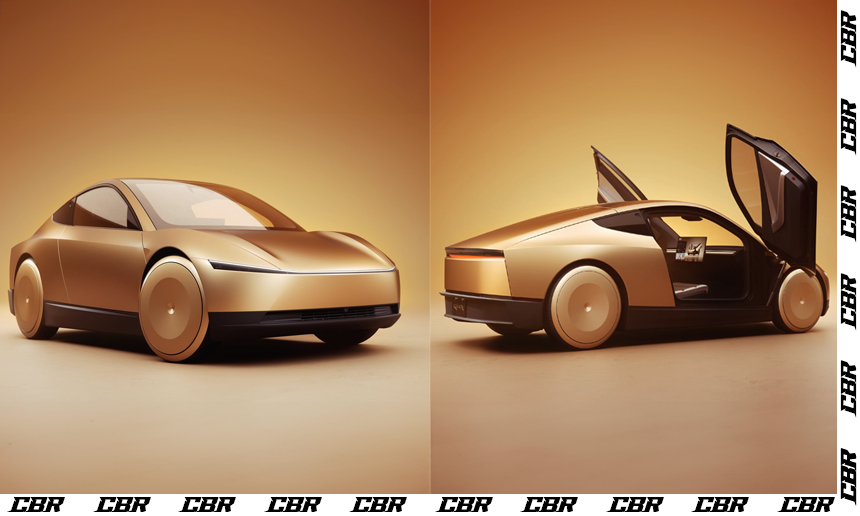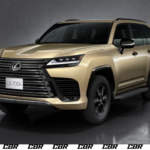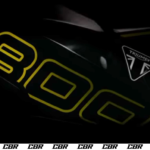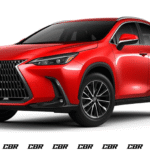Elon Musk has officially revealed Tesla’s autonomous taxi, dubbed the Cybercab. This innovative electric vehicle accommodates up to two passengers and features a spacious luggage compartment. Notably, it lacks a steering wheel and pedals.
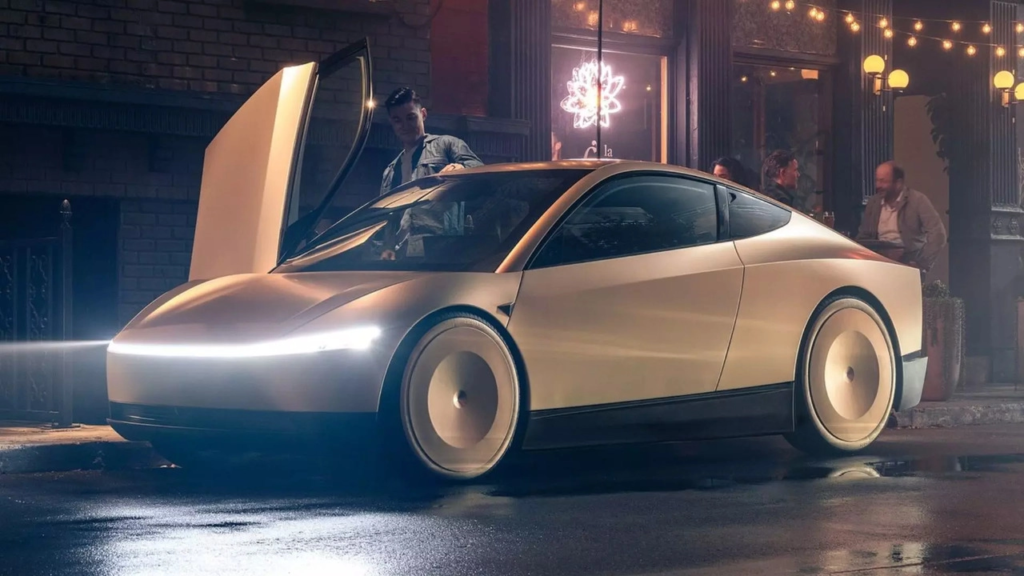
Design and Features
The Cybercab’s exterior design draws inspiration from the Tesla Cybertruck. Unveiled at a private event in California, the Cybercab promises a production price of under $30,000. While its size is comparable to the Tesla Model 3, its aesthetic aligns more closely with a smaller version of the Cybertruck.
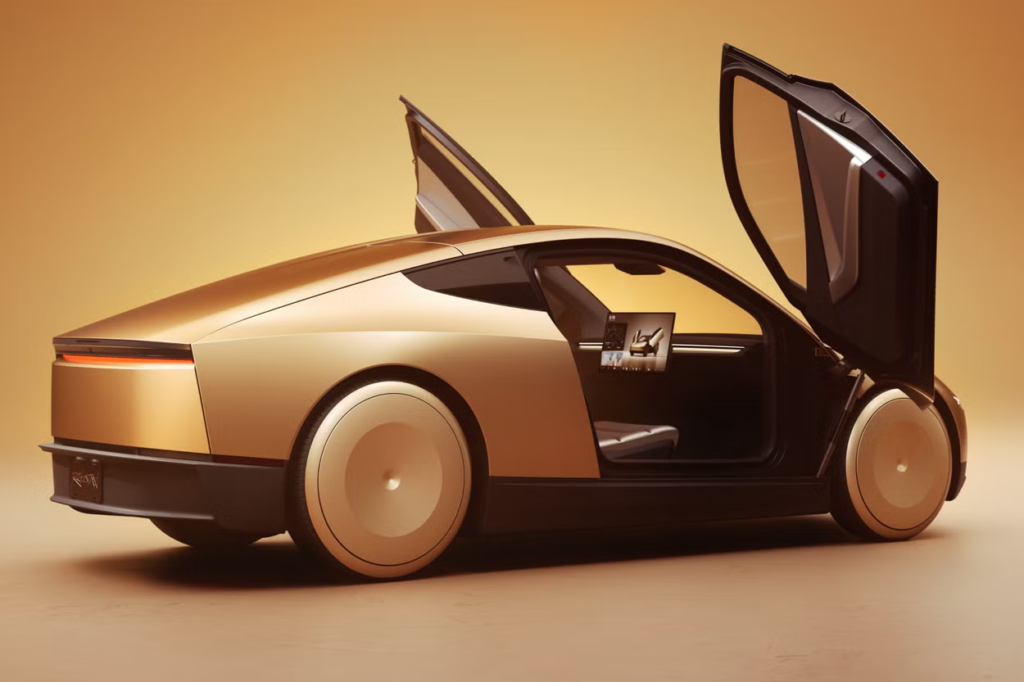
Specifications
This fully autonomous two-seater boasts a large luggage compartment at the rear. Its headlights and luggage door evoke the design elements of the Cybertruck electric pickup. Additionally, the Cybercab features dihedral doors and wheel covers reminiscent of Frisbees. Interestingly, the vehicle does not have a visible charging port, as Elon Musk claims it can recharge wirelessly.
Robotaxi is premium point-to-point electric transport, accessible to everyone pic.twitter.com/oLykwaaTHm
— Tesla (@Tesla) October 11, 2024Interior Design
The interior of the Cybercab is designed with minimalism in mind. Although its exterior is similar to the Cybertruck, the cabin shares similarities with the Tesla Model 3 and Model Y. However, the Cybercab does not include a steering wheel or pedals; instead, it offers two seats and a sleek dashboard featuring a central touchscreen similar to that of the Model 3.
Also Read: Introducing the Maruti Grand Vitara Dominion Edition, Now Officially Launched (carbikereview.com)
Production Timeline and Regulations
Musk has stated that production for the fully autonomous Cybercab is expected to commence in 2026. Initially, the model will be available exclusively in the US. While its features are impressive, Tesla must secure approval from US authorities and regulatory bodies for a vehicle designed without a steering wheel or pedals. Additionally, improvements to its Full-Self Driving (FSD) software are necessary, especially given that Tesla’s FSD has faced scrutiny after being linked to fatal accidents in the past.
Conclusion
In conclusion, Tesla’s Cybercab represents a significant leap toward the future of autonomous transportation, offering a unique design, impressive features, and a vision of a driverless experience at an accessible price point of under $30,000. With its spacious interior, wireless charging capabilities, and the absence of traditional driving controls, the Cybercab is poised to redefine urban mobility. However, its success will ultimately hinge on regulatory approvals and the refinement of Tesla’s Full-Self Driving technology, ensuring safety and reliability before this innovative vehicle hits the roads in 2026. As the automotive landscape continues to evolve, the Cybercab stands as a bold testament to Tesla’s commitment to pioneering the next generation of electric and autonomous vehicles.

